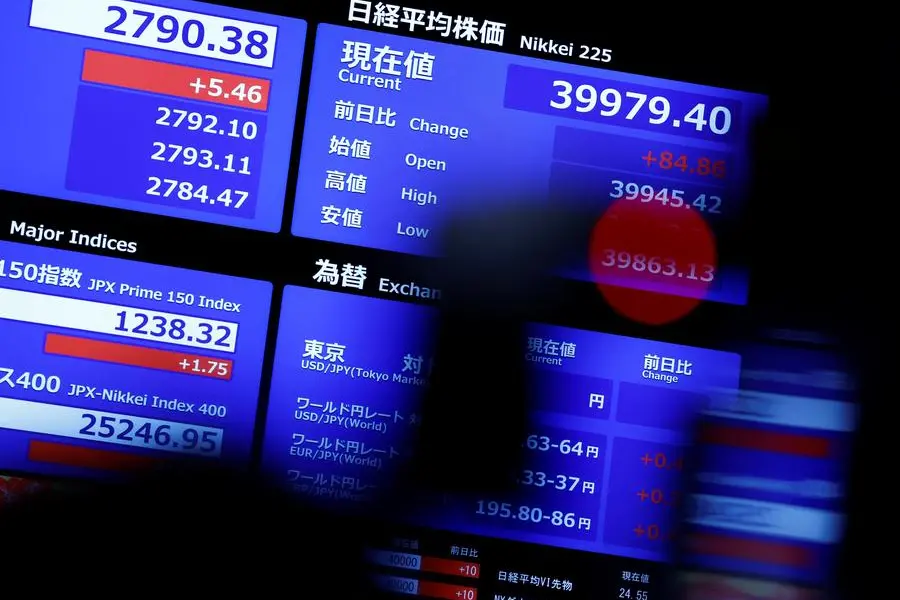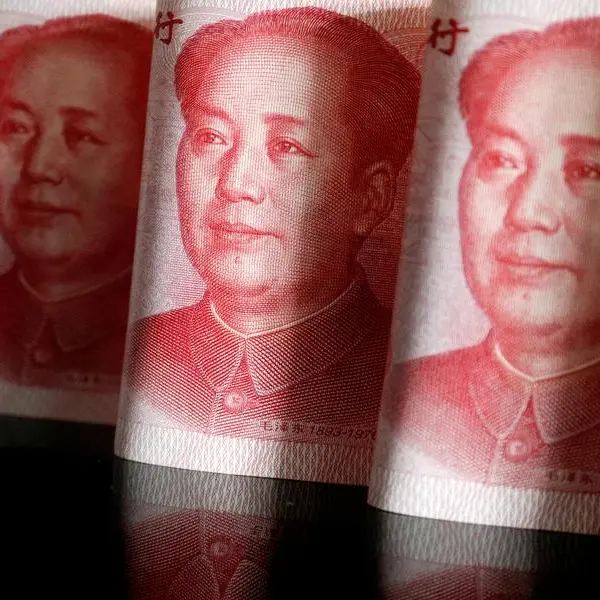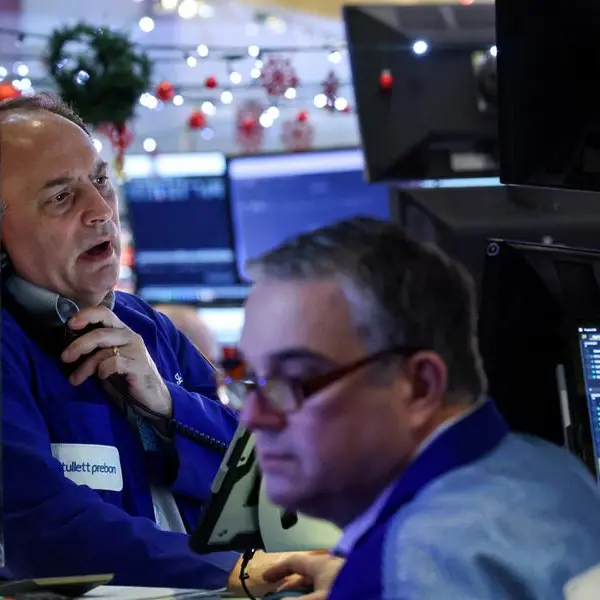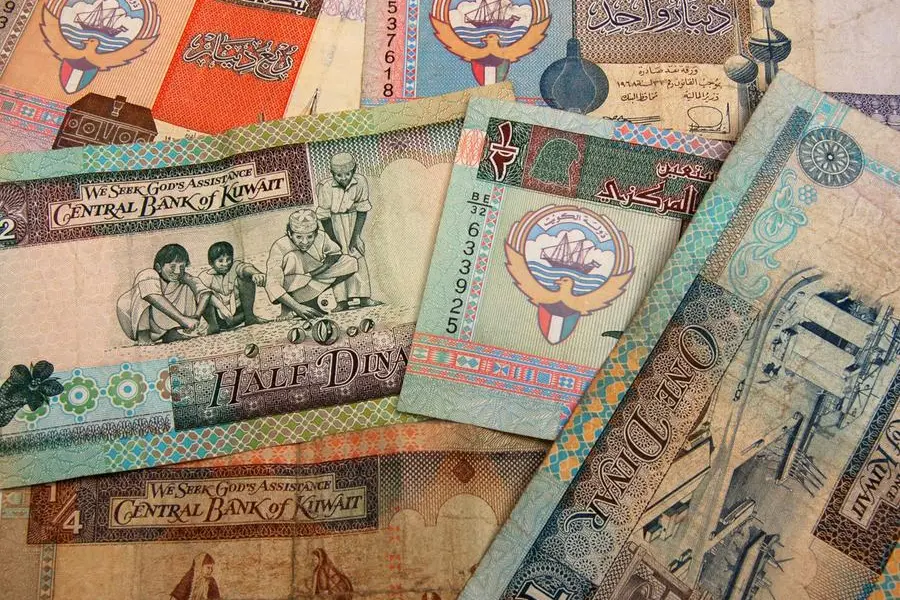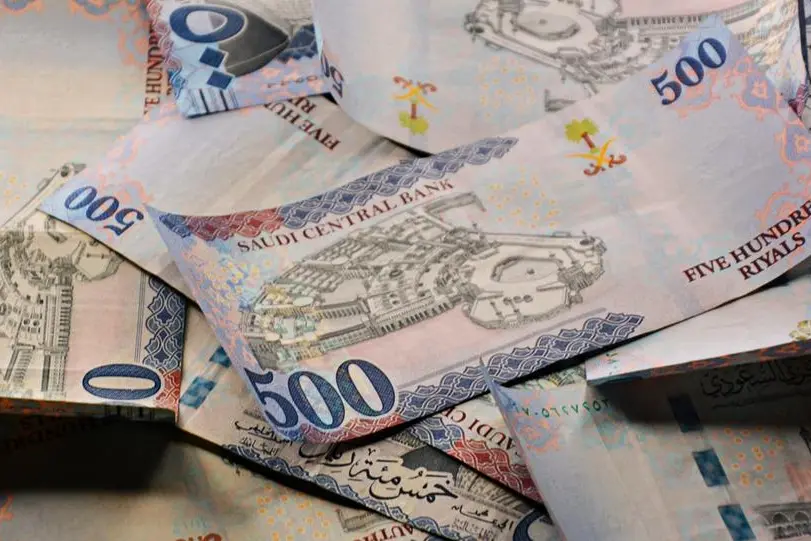PHOTO
LONDON - Washington has plenty of homegrown reasons to be worried about the U.S. debt trajectory, but shifting Japanese investor preferences are adding one more question mark about who will keep funding America's rising deficit.
Most U.S. investors would typically treat the ructions seen in Japan's bond market on Tuesday as a sideshow. But they come just as markets are absorbing the loss of the U.S. government's only remaining AAA credit rating and an impending U.S. budget bill that will likely bake in outsized deficits for years to come.
And in that environment, the jolt in Tokyo could point to more trouble ahead for global bond markets.
Tepid investor demand at a 20-year Japanese government bond auction saw borrowing rates on the country's 30- and 40-year sovereign debt soar 15-20 basis points to new records well above 3%. Twenty-year yields hit their highest since 2000.
Japan has long faced its own mountainous debt problem of course. An eye-watering 260% debt-to-GDP ratio is by far the highest among all major economies, and new Prime Minister Shigeru Ishiba now has to grapple with these thorny fiscal metrics just as the Bank of Japan backs away from decades of bond market support.
But the curious thing about Tuesday's long bond blowout was that there was little or no disturbance in JGBs of five years or less and only a relatively modest pop in 10-year yields.
Some bond watchers put this discrepancy down to a strategic switch in thinking among Japan's giant pension and insurance funds. As the BoJ "normalizes" interest rates, these large investors appear to be reassessing their duration, currency risk and, perhaps worryingly for the U.S., their foreign debt holdings.
'DIMINISHING PRESENCE'
According to strategists at Societe Generale, Japan's life insurers, who manage more than $2.6 trillion of assets, balked at zero or negative-yielding regular JGBs during the past decade of deflation and monetary life support. They chose to instead take on higher risk and earn higher returns in both ultra-long bonds at home and overseas debt.
But this preference looks like it started shifting in recent years, with Japanese life insurers turning into net sellers of ultra-long debt during the first quarter of 2025, according to SocGen.
What's more, this cohort appears to be retreating from overseas debt markets too, as soaring currency hedging costs due to rising yen volatility have turned effective yields on many foreign bond holdings negative.
"Active purchasing of ultra-long-term JGBs and foreign bonds by Japanese life insurers has reached a turning point, making it unlikely for them to continue playing a supportive role," the French bank told clients.
Pointing to net sales last year by Japanese investors of some $45 billion of European bonds, SocGen predicted a "diminishing presence" in foreign bond markets ahead that could add to volatility risks overseas and put upward pressure on the yen.
This matters for overseas markets because of the scale of the money involved, especially in this nervy time when even a marginal retreat could chip away at sentiment for sovereign debt markets.
Japanese investors overall held $2.3 trillion in foreign bonds as of the end of 2023, the last full year of data available, with about $1.4 trillion of that held by pension funds and insurers.
And March U.S. Treasury Department international capital (TIC) data showed Japanese investors remain the single largest overseas grouping of Treasury holders, with $1.13 trillion of the market, some $350 billion more than is owned by Chinese entities.
YEN FOR CHANGE
Add Washington's trade tariff standoff with Japan to the mix, including speculation about the dollar's role in those negotiations, and the calculus around Japanese investments may shift further.
Although Japanese officials deny they will make any commitment to allow the yen to rise as part of a bilateral agreement on trade, there's widespread acceptance that the U.S. administration would like to see a weaker dollar. President Donald Trump has routinely cited overseas currency capping as one irritant he aims to correct with his trade war.
And overseas investors' fears of a large dollar drop could well generate the sort of investment outflows that catalyze a slide in the greenback.
To be sure, the sheer size of the now $28.6-trillion Treasury market means shifting behavior of any one group of investors would just be at margins. But marginal buyers or sellers may pack a punch when markets are also repricing U.S. assets for more fundamental reasons.
For America, any additional pressure on its biggest overseas creditor could be a case of "careful what you wish for."
The opinions expressed here are those of the author, a columnist for Reuters.
(by Mike Dolan; editing by Rod Nickel)
